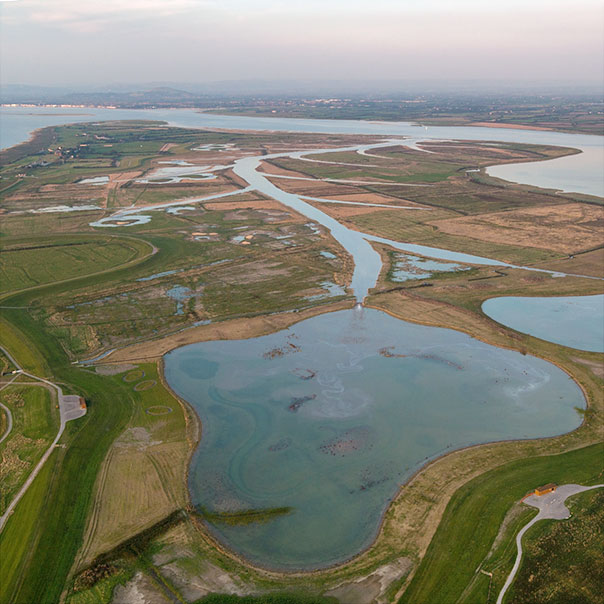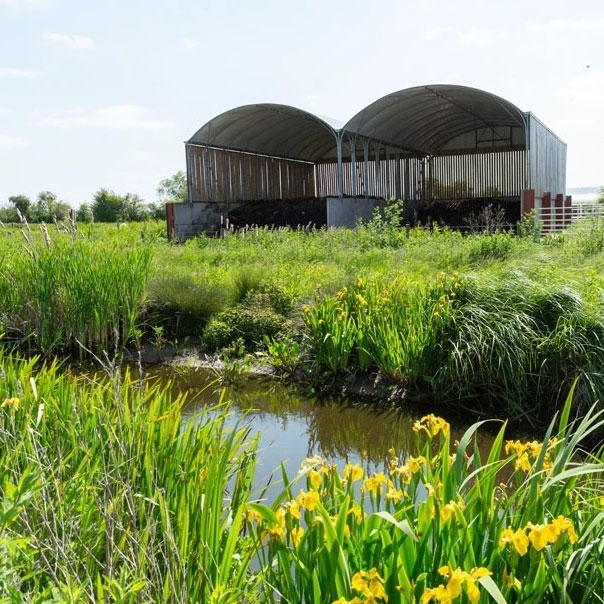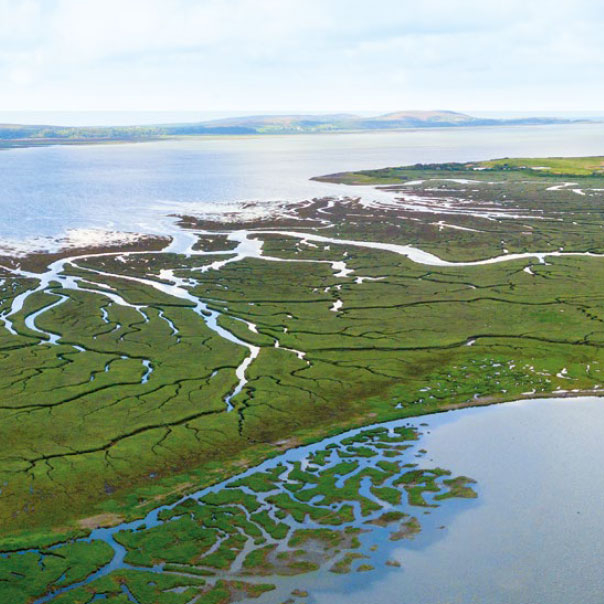A Blue Recovery
Wetlands teem with biodiversity. They are a large part of our natural infrastructure, providing essential protection against climate change, floods, droughts and pollution. They are also vital for our health and wellbeing.
Unfortunately, issues including unsustainable development, pollution, the worsening impacts of climate change mean we are still losing wetlands and many of those that remain are in poor condition.
These super-powered ecosystems are essential not only for wildlife (and Government pledges to restore nature) but for people too. The prosperity and resilience of communities and businesses across the country depends upon healthy, functioning wetlands.
WWT’s manifesto asks
Political parties have an opportunity to unlock the power of wetlands by committing to some key policies ahead of the general election.
Here's how
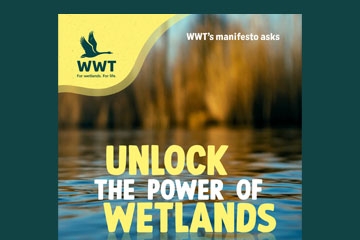
UK Wetlands Strategy
We are calling for greater efforts to protect wetlands via the development of a UK Wetlands Strategy. This is one of our manifesto asks, but download our proposal for more details.
Download
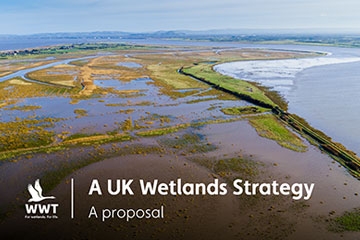
Get in touch
If you’d like to find out more about WWT’s plans for a Blue Recovery we’d love to talk to you. Please get in touch with the Policy and Advocacy team at advocacy@wwt.org.uk.
A route to a Blue Recovery
We propose creating 100,000 hectares of wetlands to recover from the climate, nature and wellbeing crises. Read our overview for how to achieve this.
Our four route maps, provide more detail on the amazing solutions wetlands offer. They also set out the partnerships and policy framework needed for a Blue Recovery.
